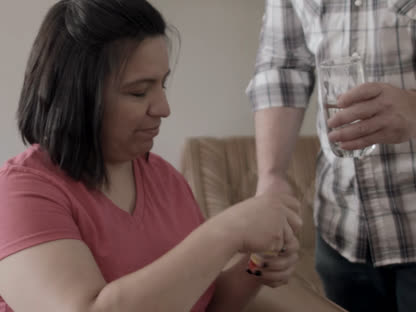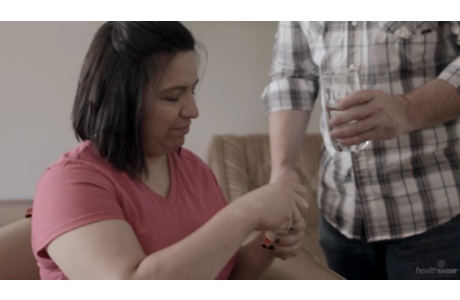Tubal Ligation Surgery
Surgery Overview
Tubal ligation is surgery to close your fallopian tubes. It's also called having your tubes tied.
To close your tubes, the doctor may band, burn (cauterize), tie and cut, or clip them. The doctor may also completely remove the fallopian tubes. After this, an egg can't move down your tubes and can't be fertilized. This means you can't get pregnant.
This surgery can be done in two ways. In laparoscopic surgery, a doctor puts a lighted tube (scope) and other tools through a few small cuts. These cuts are called incisions. One is just below your belly button. The other is lower on your abdomen. After this surgery, you will probably stay in the hospital for 2 to 4 hours. You can likely go back to work in 2 to 7 days.
The other type of surgery is called open surgery(mini-laparotomy). In this surgery, the doctor makes a larger incision above your pubic hairline or below your belly button. You will probably stay in the hospital for 1 to 3 days if you have this surgery. You can probably go back to work in about 1 to 2 weeks.
Surgery can be done right after you give birth (postpartum tubal ligation). Open surgery is usually used.
After the surgery, you should not be able to get pregnant. While there is a very small chance you could get pregnant, tubal ligation is a very reliable form of birth control.
Tubal ligation won't affect your menstrual cycle or when you start menopause. It also won't affect your desire for sex. But you could feel more relaxed about having sex. This is because you don't have to worry about getting pregnant.
What To Expect
After a tubal ligation, you will most likely go home the same day. Your surgeon will give you instructions about what to expect and when to call after the surgery.
- You may have some slight vaginal bleeding caused by the movement of your uterus during the surgery.
- If you had a laparoscopy, your stomach may be swollen (distended) from the air that was used to lift your skin and muscles away from your abdominal organs so the surgeon could see them better. This should go away within a day or so, but it may last longer. You may also have some back or shoulder pain from the air in your belly. This will go away as your body absorbs the air.
- You can shower 24 hours after the surgery. But avoid rubbing or pulling on your incision for at least a week.
- You can have sexual intercourse as soon as you feel like it and it doesn't cause pain. This is usually 1 week after surgery.
- Be sure to rest for a few days (or at least 24 hours) before you start to resume your normal activities. You should be able to resume all activities within a week.
- No backup method of birth control is needed after the surgery.
A follow-up exam in 2 weeks is usually scheduled.
Watch
How Well It Works
Tubal ligation is not 100% effective at preventing pregnancy.
- There is a slight risk of becoming pregnant after tubal ligation. This happens to about 5 out of 1,000 women after 1 year. After a total of 5 years following tubal ligation, about 13 out of 1,000 women will have become pregnant.footnote 1
- Pregnancy may occur if:
- The tubes grow back together or a new passage forms (recanalization) that allows an egg to be fertilized by sperm. Your doctor can discuss which method of ligation is more effective for preventing tubes from growing back together.
- The surgery was not done correctly.
- You were pregnant at the time of surgery.
Risks
Major problems from tubal ligation aren't common.
- Minor problems include infection and wound separation.
- Major problems include heavy blood loss, general anesthesia problems, organ injury during surgery, and need for a larger laparotomy incision during surgery.
Although fewer problems occur with laparoscopy than with other kinds of tubal ligation surgery, these complications can be more serious. For example, in rare cases, the bowel or bladder is injured when the laparoscope is inserted.
The general risks of surgery are greater if you have diabetes, are overweight, smoke, or have a heart condition.
If a tubal ligation fails and you become pregnant, you have an increased risk of having an ectopic pregnancy.
Credits
Current as of: May 5, 2025
Author: Ignite Healthwise, LLC Staff
Clinical Review Board
All Ignite Healthwise, LLC education is reviewed by a team that includes physicians, nurses, advanced practitioners, registered dieticians, and other healthcare professionals.
Current as of: May 5, 2025
Author: Ignite Healthwise, LLC Staff
Clinical Review Board
All Ignite Healthwise, LLC education is reviewed by a team that includes physicians, nurses, advanced practitioners, registered dieticians, and other healthcare professionals.





